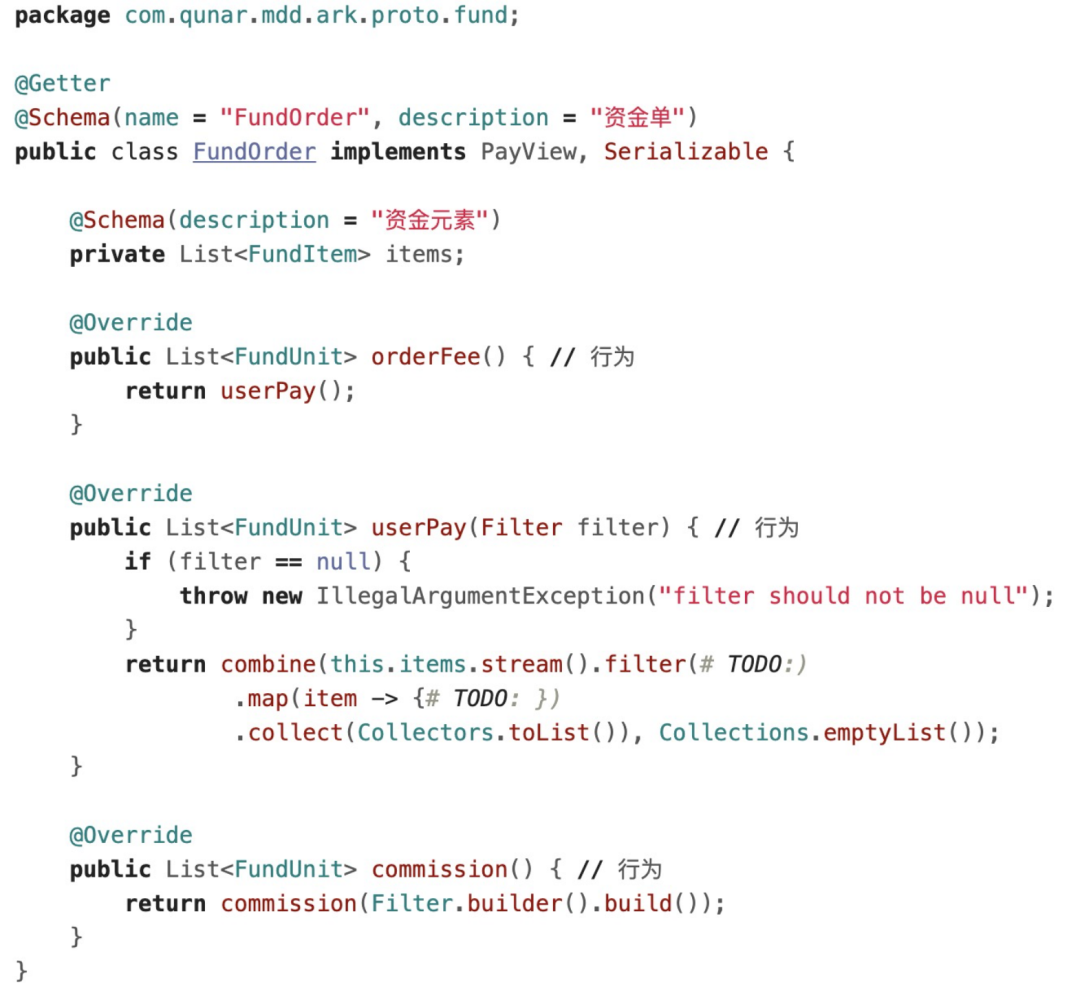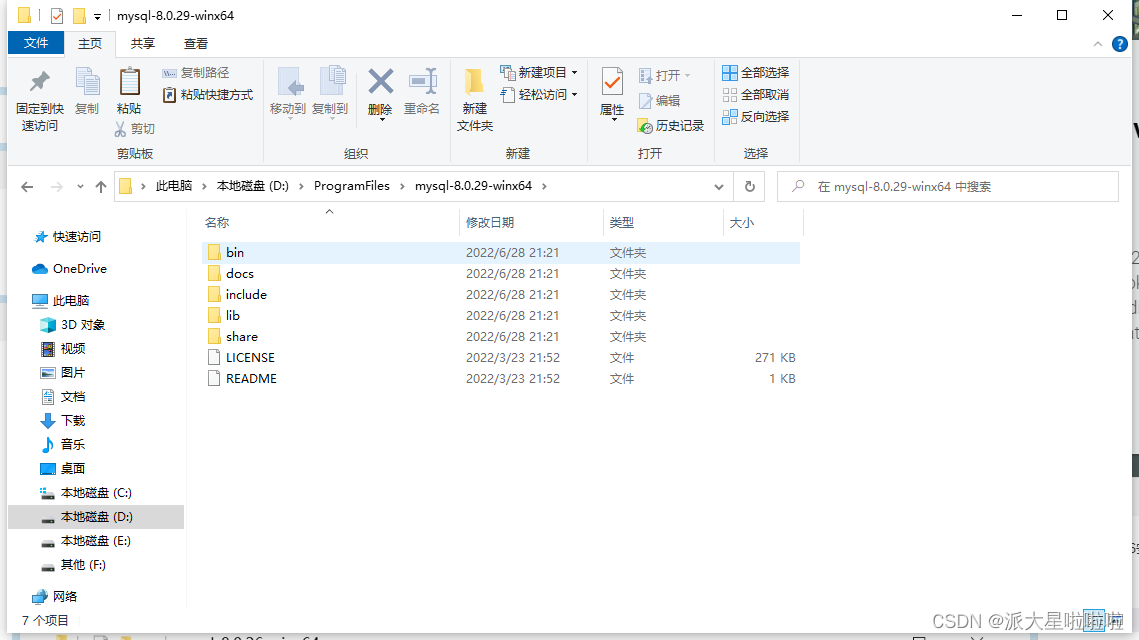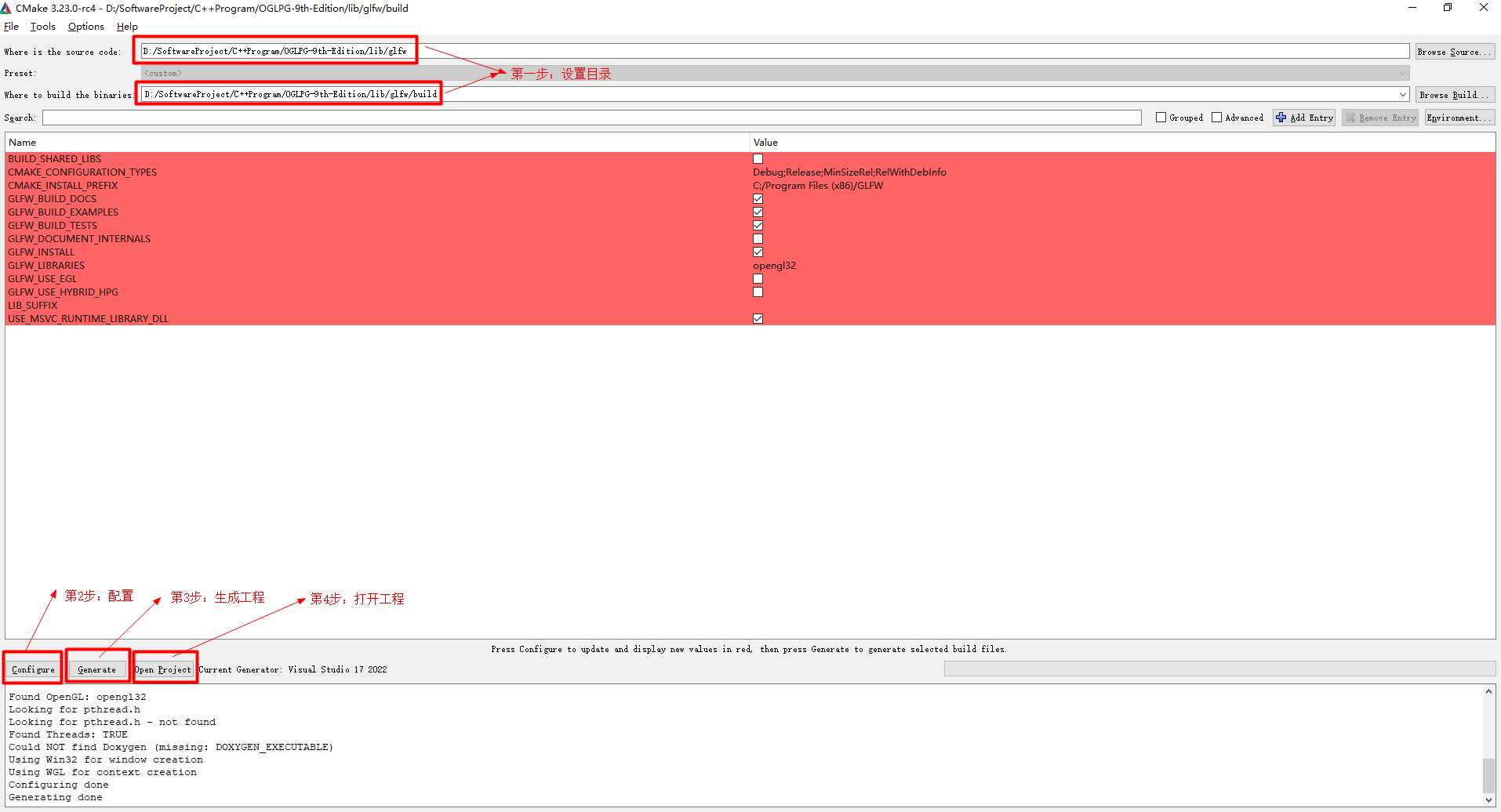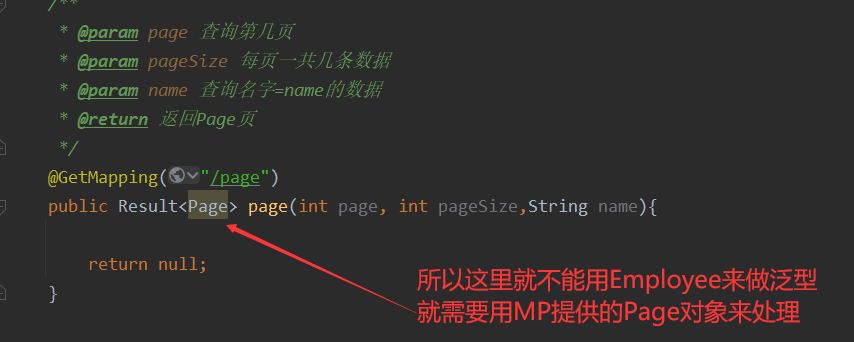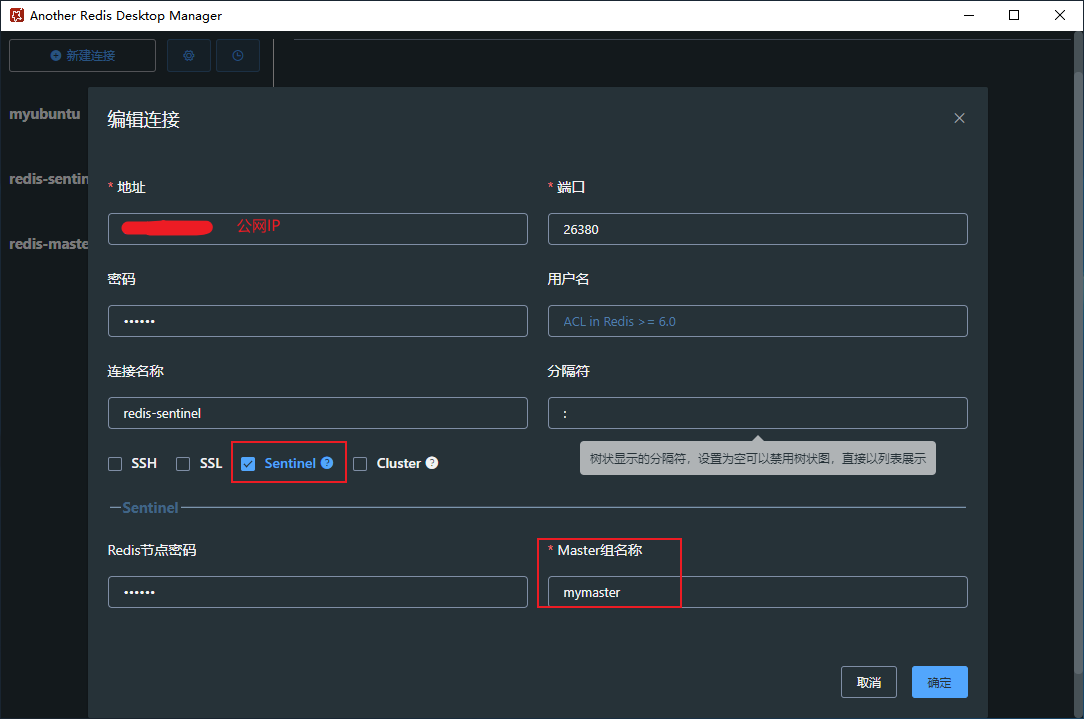当前位置:网站首页>Talk about 10 tips to ensure thread safety
Talk about 10 tips to ensure thread safety
2022-07-04 14:23:00 【51CTO】
Preface
For students engaged in back-end development , Thread safety The problem is something we need to consider every day .
Thread safety is a popular topic : Mainly in the multi-threaded environment , Different threads read and write public resources at the same time ( Critical resources ), Data exception caused by .
such as : Variable a=0, Threads 1 Give this variable +1, Threads 2 Also give this variable +1. here , Threads 3 obtain a The value of may not be 2, It is 1. Threads 3 This is not to get the wrong data ?
Thread safety issues can directly lead to data exceptions , This will affect the normal use of business functions , So this problem is still very serious .
that , How to solve the thread safety problem ?
Let's talk with you today , Thread safe 10 A little trick , I hope it helped you .
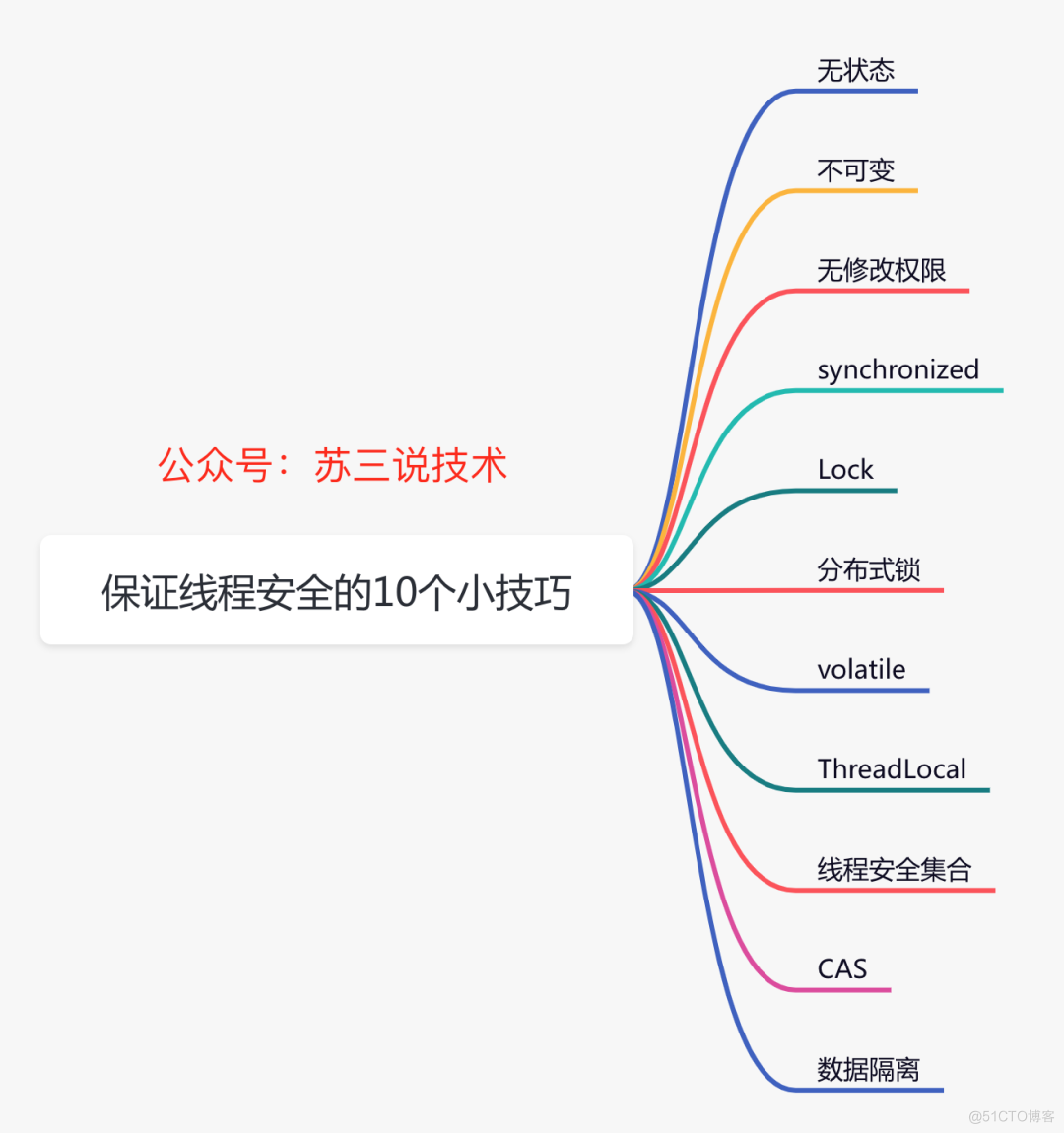
1. No state
We all know that only multiple threads can access public resource When , Data security issues may arise , So if we don't have public resources , Is there no such problem ?
for example :
In this case NoStatusService There is no public resource defined , In other words No state Of .
In this scenario ,NoStatusService Class must be thread safe .
2. immutable
If the common resource accessed by multiple threads is immutable Of , There will be no data security issues .
for example :
DEFAULT_NAME Defined as static final The constant , It will not be modified in a multithreaded environment , So in this case , There will be no thread safety issues .
3. No permission to modify
occasionally , We define public resources , But this resource only exposes the read permission , No permission to expose changes , This is also thread safe .
for example :
In this case , No external exposure modification name Entry to the field , So there's no thread safety issue .
3. synchronized
Use JDK Provided internally Synchronization mechanism , This is also a means of using more , It is divided into : Synchronization method and Synchronization code block .
We prefer to use synchronized code blocks , Because the granularity of synchronous method is the whole method , Range is too big , relatively speaking , It consumes more code performance .
Actually , Inside each object there is a lock , Only those who snatched the lock Threads , Is allowed to enter the corresponding code block and execute the corresponding code .
After the contemporary code block is executed ,JVM The bottom layer will automatically release the lock .
for example :
public
class
SyncService {
private
int
age
=
1;
private
Object
object
=
new
Object();
public
synchronized
void
add(
int
i) {
age
=
age
+
i;
System.
out.
println(
"age:"
+
age);
}
public
void
update(
int
i) {
synchronized (
object) {
age
=
age
+
i;
System.
out.
println(
"age:"
+
age);
}
}
public
void
update(
int
i) {
synchronized (
SyncService.
class) {
age
=
age
+
i;
System.
out.
println(
"age:"
+
age);
}
}
}
- 1.
- 2.
- 3.
- 4.
- 5.
- 6.
- 7.
- 8.
- 9.
- 10.
- 11.
- 12.
- 13.
- 14.
- 15.
- 16.
- 17.
- 18.
- 19.
- 20.
- 21.
- 22.
- 23.
- 24.
- 25.
- 26.
- 27.
4. Lock
Besides using synchronized Keyword to achieve synchronization function ,JDK It also provides Lock Interface , This way of displaying locks .
Usually we use Lock Implementation class of interface :ReentrantLock, It contains : Fair lock 、 Not fair lock 、 Reentrant lock 、 Read-write lock More and more powerful functions .
for example :
public
class
LockService {
private
ReentrantLock
reentrantLock
=
new
ReentrantLock();
public
int
age
=
1;
public
void
add(
int
i) {
try {
reentrantLock.
lock();
age
=
age
+
i;
System.
out.
println(
"age:"
+
age);
}
finally {
reentrantLock.
unlock();
}
}
}
- 1.
- 2.
- 3.
- 4.
- 5.
- 6.
- 7.
- 8.
- 9.
- 10.
- 11.
- 12.
- 13.
- 14.
But if ReentrantLock, It also brings a small problem that : Need to be in finally Manually release the lock in the code block .
But to be honest , In the use of Lock Show the way the lock , Solving thread safety problems , Gives developers more flexibility .
5. Distributed lock
If it is in the case of a single machine , Use synchronized and Lock There is no problem with thread safety .
But in a distributed environment , That is, if an application deploys multiple nodes , Each node can use synchronized and Lock Ensure thread safety , But between different nodes , There is no way to guarantee thread safety .
That's what you need to use : Distributed lock 了 .
There are many kinds of distributed locks , such as : Database distributed lock ,zookeeper Distributed lock ,redis Distributed locks, etc .
I personally recommend redis Distributed lock , Its efficiency is relatively higher .
Use redis The pseudo code of distributed lock is as follows :
It also needs to be in finally Release lock in code block .
If you are right about redis Usage of distributed locks and common pitfalls , If you are more interested , Take a look at my other article 《 Chat redis Distributed locked 8 hole 》, There is a more detailed introduction .
6. volatile
occasionally , We have such a need : If in multiple threads , There is any thread , Set the state of a switch to false, Then the whole function stops .
After a simple requirement analysis, it is found that : Just ask for the number of threads visibility , Does not require Atomicity .
If a thread changes its state , All other threads can get the latest status value .
With such an analysis, it will be easy to do , Use volatile Can quickly meet the needs .
for example :
public
CanalService {
private
volatile
boolean
running
=
false;
private
Thread
thread;
private
CanalConnector
canalConnector;
public
void
handle() {
while(
running) {
}
}
public
void
start() {
thread
=
new
Thread(
this::
handle,
"name");
running
=
true;
thread.
start();
}
public
void
stop() {
if(
!
running) {
return;
}
running
=
false;
}
}
- 1.
- 2.
- 3.
- 4.
- 5.
- 6.
- 7.
- 8.
- 9.
- 10.
- 11.
- 12.
- 13.
- 14.
- 15.
- 16.
- 17.
- 18.
- 19.
- 20.
- 21.
- 22.
- 23.
- 24.
- 25.
- 26.
- 27.
- 28.
What needs special attention is :
volatile It cannot be used in business scenarios such as counting and statistics . because volatile The atomicity of the operation cannot be guaranteed , May cause data exceptions .
7. ThreadLocal
In addition to the above solutions ,JDK It also provides another way to use Space for time New ideas :ThreadLocal.
Of course ThreadLocal It does not completely replace locks , Especially in some seckill update inventory , A lock must be used .
ThreadLocal The core idea of : Shared variables have a copy in each thread , Each thread operates its own copy , No effect on other threads .
A warm reminder : We usually use ThreadLocal when , If after use , Be sure to remember in
finally Block of code , Call it the remove Method to clear the data , Otherwise, there may be Memory leak problem .
for example :
If the ThreadLocal Interested partners , Take a look at my other article 《 ThreadLocal Life taking 11 Continuous questioning 》, There's right in it ThreadLocal Principle 、 Usage and pit , There is a very detailed introduction .
8. Thread safe collection
occasionally , The public resources we need to use are placed in a collection , such as :ArrayList、HashMap、HashSet etc. .
If in a multithreaded environment , Wired programs write data to these sets , Another thread reads data from the collection , There may be thread safety problems .
To solve the thread safety problem of collections ,JDK It provides us with thread safe collections .
such as :CopyOnWriteArrayList、ConcurrentHashMap、CopyOnWriteArraySet、ArrayBlockingQueue wait .
for example :
public
class
HashMapTest {
private
static
ConcurrentHashMap
<
String,
Object
>
hashMap
=
new
ConcurrentHashMap
<>();
public
static
void
main(
String[]
args) {
new
Thread(
new
Runnable() {
public
void
run() {
hashMap.
put(
"key1",
"value1");
}
}).
start();
new
Thread(
new
Runnable() {
public
void
run() {
hashMap.
put(
"key2",
"value2");
}
}).
start();
try {
Thread.
sleep(
50);
}
catch (
InterruptedException
e) {
e.
printStackTrace();
}
System.
out.
println(
hashMap);
}
}
- 1.
- 2.
- 3.
- 4.
- 5.
- 6.
- 7.
- 8.
- 9.
- 10.
- 11.
- 12.
- 13.
- 14.
- 15.
- 16.
- 17.
- 18.
- 19.
- 20.
- 21.
- 22.
- 23.
- 24.
- 25.
- 26.
- 27.
- 28.
stay JDK Bottom , perhaps spring In the frame , Use ConcurrentHashMap There are many scenarios where loading configuration parameters are saved .
What is more famous is spring Of refresh In the method , Will read the configuration file , Put the configuration into many ConcurrentHashMap cached .
9. CAS
JDK In addition to using the lock mechanism to solve the data security problem in the case of multithreading , It also provides CAS Mechanism .
This mechanism uses CPU Compare and exchange atomicity of instructions in ,JDK It's through Unsafe Class implements the .
CAS There are four values inside : Old data 、 Expect data 、 The new data and Address , Compare old data and Expected data , If it's the same , Change old data into new data . If it's not the same , The current thread is constantly The spin , Until we succeed .
however , Use CAS Ensure thread safety , There may be ABA problem , Need to use AtomicStampedReference Add the version number to solve the problem .
Actually , It is seldom used directly in practical work Unsafe Class , It's usually used atomic The classes under the package are sufficient .
10. Data isolation
occasionally , When we operate on set data , Can pass Data isolation , To ensure thread safety .
for example :
public
class
ThreadPoolTest {
public
static
void
main(
String[]
args) {
ExecutorService
threadPool
=
new
ThreadPoolExecutor(
8,
10,
60,
TimeUnit.
SECONDS,
new
ArrayBlockingQueue(
500),
new
ThreadPoolExecutor.
CallerRunsPolicy());
List
<
User
>
userList
=
Lists.
newArrayList(
new
User(
1L,
" Su three ",
18,
" Chengdu "),
new
User(
2L,
" Su San said technology ",
20,
" sichuan "),
new
User(
3L,
" technology ",
25,
" yunnan "));
for (
User
user :
userList) {
threadPool.
submit(
new
Work(
user));
}
try {
Thread.
sleep(
100);
}
catch (
InterruptedException
e) {
e.
printStackTrace();
}
System.
out.
println(
userList);
}
static
class
Work
implements
Runnable {
private
User
user;
public
Work(
User
user) {
this.
user
=
user;
}
public
void
run() {
user.
setName(
user.
getName()
+
" test ");
}
}
}
- 1.
- 2.
- 3.
- 4.
- 5.
- 6.
- 7.
- 8.
- 9.
- 10.
- 11.
- 12.
- 13.
- 14.
- 15.
- 16.
- 17.
- 18.
- 19.
- 20.
- 21.
- 22.
- 23.
- 24.
- 25.
- 26.
- 27.
- 28.
- 29.
- 30.
- 31.
- 32.
- 33.
- 34.
- 35.
- 36.
- 37.
- 38.
- 39.
- 40.
- 41.
In this case , Use Thread pool Handle user information .
Each user is only Thread pool One of them Threads Handle , There is no case where multiple threads process a user at the same time . So this artificial data isolation mechanism , It can also ensure thread safety .
There is another scenario for data isolation :kafka The producer sends the same order message , Send to the same partion in . every last partion Deploy a consumer , stay kafka Among consumers , Use a single thread to receive messages , And do business processing .
In this case , On the whole , Different partion It uses multithreading to process data , But the same partion Is handled by a single thread , So it can also solve the thread safety problem .
边栏推荐
- R language ggplot2 visualization: gganimate package creates animated graph (GIF) and uses anim_ The save function saves the GIF visual animation
- NowCoder 反转链表
- 架构方面的进步
- Detailed index of MySQL
- ARouter的使用
- R语言使用dplyr包的group_by函数和summarise函数基于分组变量计算目标变量的均值、标准差
- [FAQ] summary of common causes and solutions of Huawei account service error 907135701
- 2022 game going to sea practical release strategy
- Common content type correspondence table
- QT how to detect whether the mouse is on a control
猜你喜欢
随机推荐
Map of mL: Based on Boston house price regression prediction data set, an interpretable case is realized by using the map value to the LIR linear regression model
Test process arrangement (3)
使用CLion编译OGLPG-9th-Edition源码
codeforce:C. Sum of Substrings【边界处理 + 贡献思维 + 灵光一现】
ML:SHAP值的简介、原理、使用方法、经典案例之详细攻略
数据湖(十三):Spark与Iceberg整合DDL操作
架构方面的进步
golang fmt. Printf() (turn)
游戏出海,全球化运营
Golang uses JSON unmarshal number to interface{} number to become float64 type (turn)
opencv3.2 和opencv2.4安装
Understand chisel language thoroughly 04. Chisel Foundation (I) - signal type and constant
Understand chisel language thoroughly 03. Write to the developer of Verilog to chisel (you can also see it without Verilog Foundation)
实时数据仓库
R language uses dplyr package group_ The by function and the summarize function calculate the mean and standard deviation of the target variables based on the grouped variables
【信息检索】链接分析
Leetcode T48:旋转图像
How to package QT and share exe
Redis daily notes
[FAQ] Huawei Account Service Error Report 907135701 Common reasons Summary and Solutions

